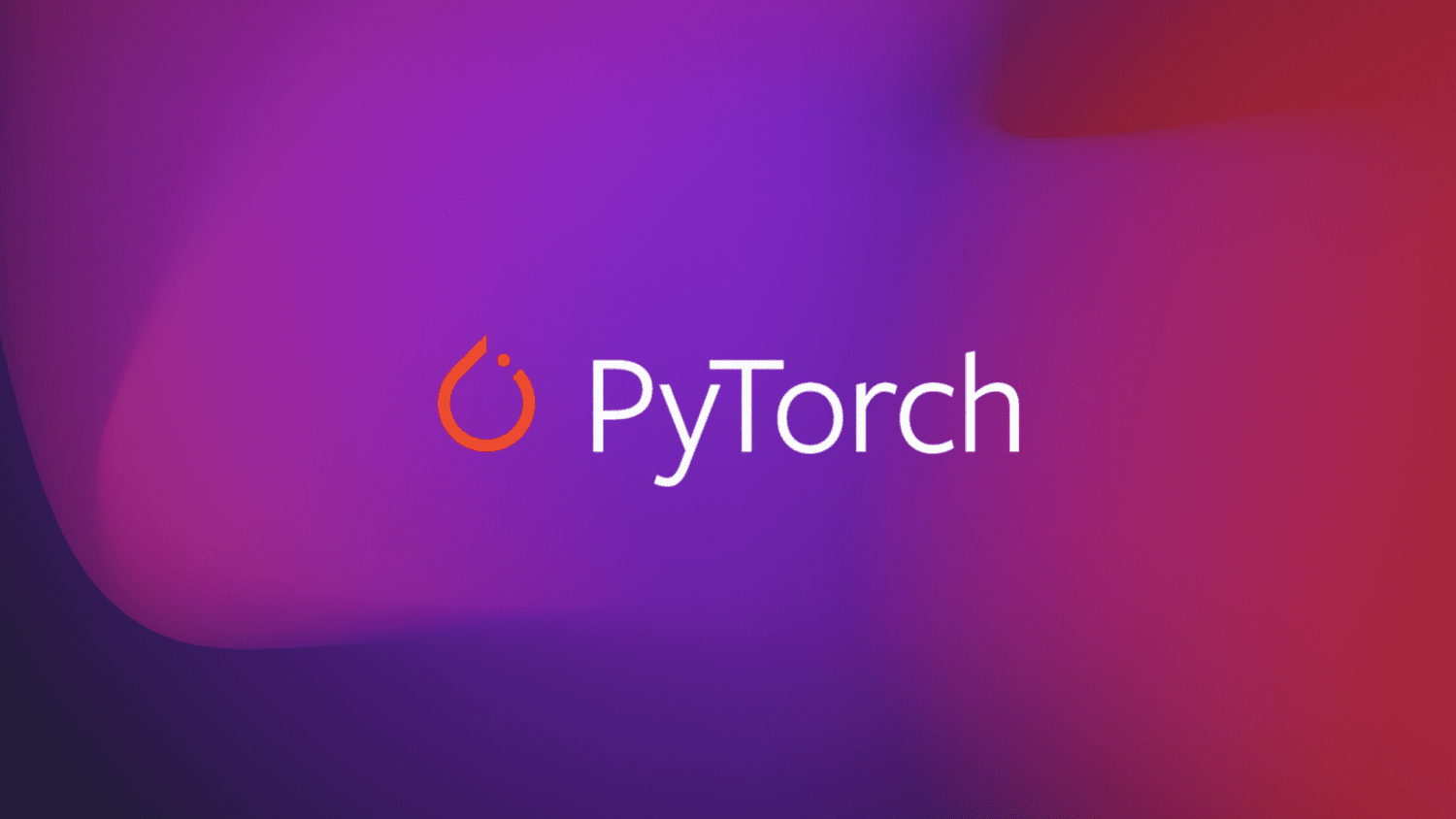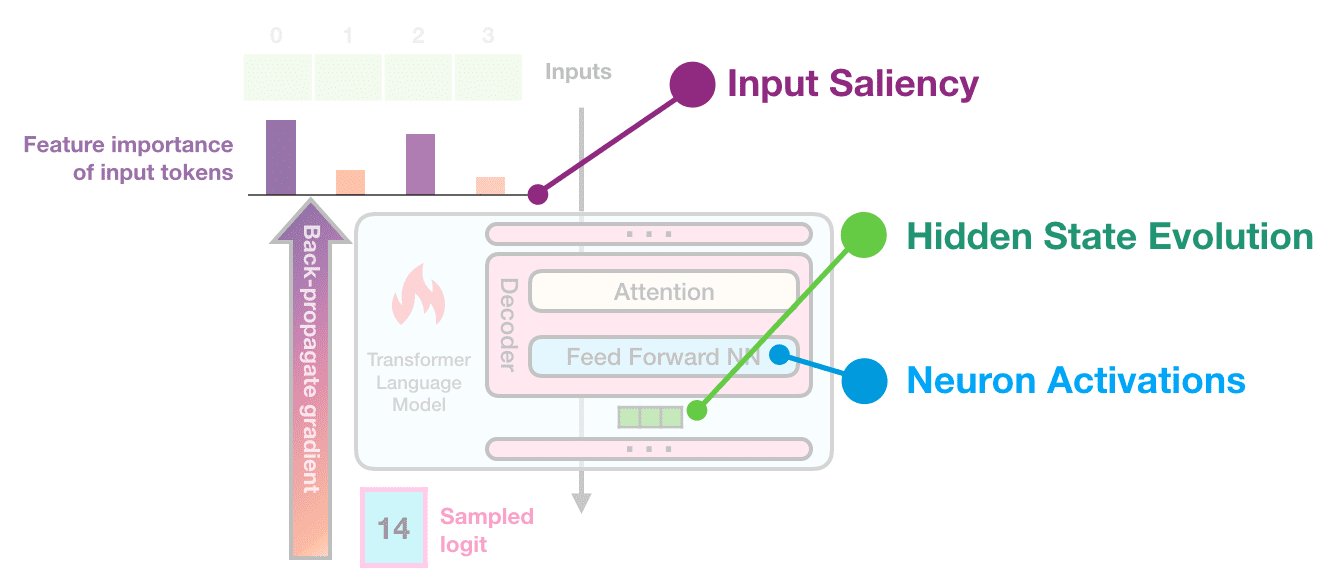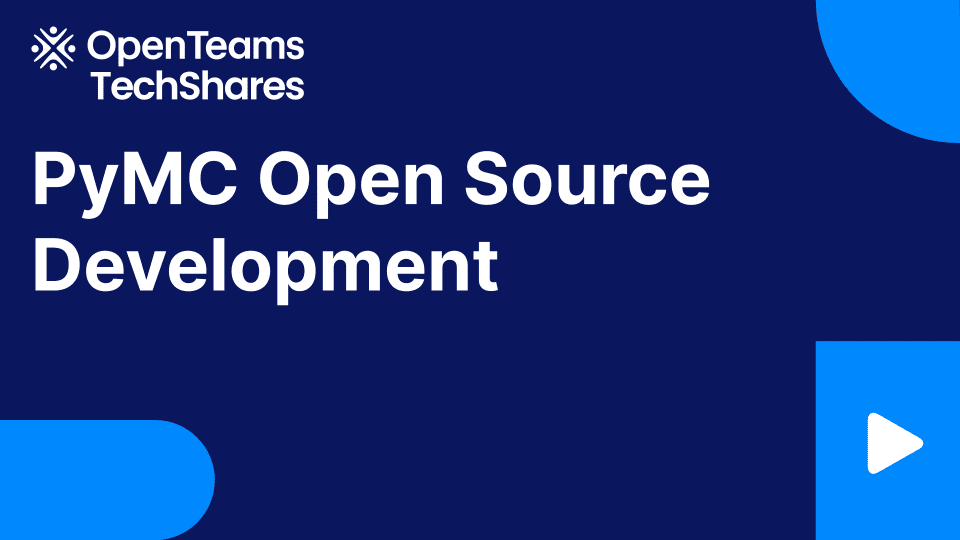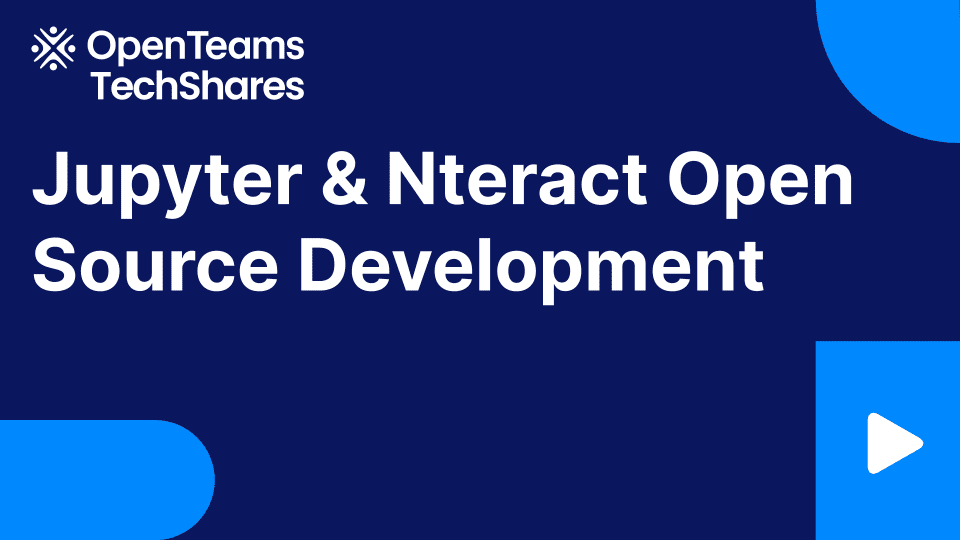
Get ready for Google I/O

Posted by Timothy Jordan, Director, Developer Relations & Open Source
I/O is just a few days away and we couldn’t be more excited to share the latest updates across Google’s developer products, solutions, and technologies. From keynotes to technical sessions and hands-on workshops, these announcements aim to help you build smarter and ship faster.
Here are some helpful tips to maximize your experience online.
Start building your personal I/O agenda
Starting now, you can save the Google and developer keynotes to your calendar and explore the program to preview content. Here are just a few noteworthy examples of what you’ll find this year:
What’s new in Android
Get the latest news in Android development: Android 14, form factors, Jetpack + Compose libraries, Android Studio, and performance.
What’s new in Web
Explore new features and APIs that became stable across browsers on the Web Platform this year.
What’s new in Generative AI
Discover a new suite of tools that make it easy for developers to leverage and build on top of Google’s large language models.
What’s new in Google Cloud
Learn how Google Cloud and generative AI will help you develop faster and more efficiently.
For the best experience, create or connect a developer profile and start saving content to My I/O to build your personal agenda. With over 200 sessions and other learning material, there’s a lot to cover, so we hope this will help you get organized.
This year we’ve introduced development focus filters to help you navigate content faster across mobile, web, AI, and cloud technologies. You can also peruse content by topic, type, or experience level so you can find what you’re interested in, faster.
Connect with the community
After the keynotes, you can talk to Google experts and other developers online in I/O Adventure chat. Here you can ask questions about new releases and learn best practices from the global developer community.
If you’re craving community now, visit the Community page to meet people with similar interests in your area or find a watch party to attend.
We hope these updates are useful, and we can’t wait to connect online in May!






Responses